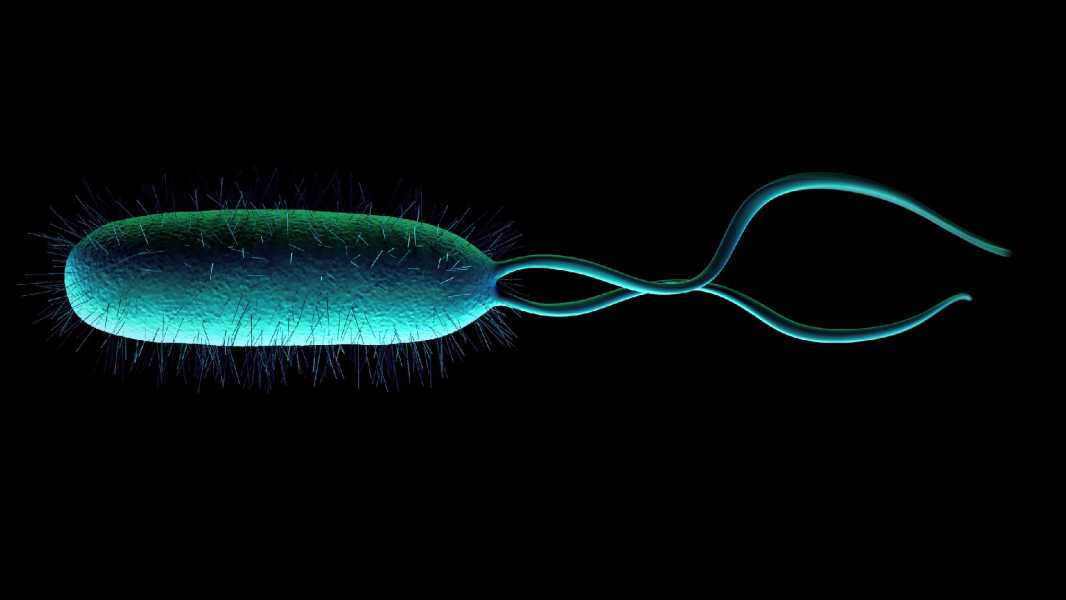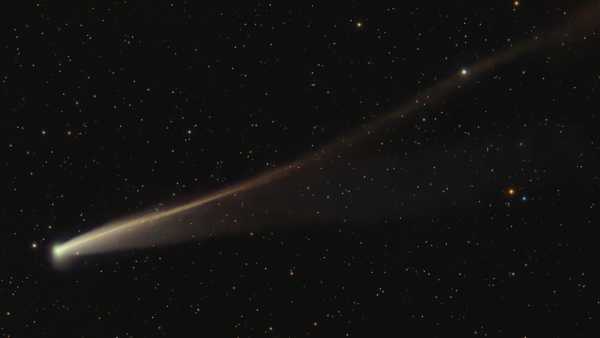
Helicobacter pylori. (Image credit: Peddalanka Ramesh Babu via Shutterstock)
We often lose sight of how amazing it is that life exists, and how unique and special it is. As far as we know, our planet is the only place capable of supporting life, and it seems to have emerged in the form of something like modern single-celled prokaryotes.
However, researchers continue to hope to find what they call LUCA (the last universal common ancestor – the cell from which all known living things originate) beyond our planet.
Where are we heading?
Our scientific understanding has evolved significantly since humans first began dreaming about life on Mars. The most recent rovers to explore the Red Planet's surface, Perseverance and Curiosity, have found compounds and minerals that suggest conditions there may once have been suitable for life, but that's not enough.
Mars currently looks like a reddish desert – inviting but dead, and definitely not home to little green men.
The other nearby planets offer even less reason for hope. Mercury is a parched rock that is too close to the sun, Venus has a dry and toxic atmosphere, and the rest of the planets in our solar system are either gas or far away from the sun. So beyond Mars, the search for life is focused on its moons, especially those orbiting Jupiter and Saturn.
Europa and Enceladus, moons of Jupiter and Saturn respectively, appear to have vast oceans of water beneath their thick icy crusts that could contain organic molecules, the building blocks for life as we know it. These would not look like aliens at all – they would be more like simple, single-celled organisms, similar to those on Earth.
Looking further afield, more than 5,500 planets have been discovered orbiting stars other than our Sun. Only a few of these are considered potentially habitable and are currently being explored, but as Carl Sagan noted in Contact, “The universe is a pretty big place. If it’s just us, it seems like a terrible waste of space.”
In search of life in harsh conditions
Until the 1960s, conditions on the most promising moons of the solar system were considered unsuitable for life.
Previously, it was believed that life could only arise in conditions suitable for multicellular organisms. Water, moderate temperatures from 0⁰ C to 40⁰ C, pH in the neutral range, low salinity and sunlight or its equivalent were considered necessary for the existence of life.
However, in the mid-20th century, microbiologist Thomas D. Brock discovered bacteria living in the hot springs of Yellowstone National Park, where temperatures exceed 70⁰C. Although this discovery was not associated with the search for extraterrestrial life, it expanded the horizons of scientific research.
Since then, organisms called extremophiles have been found in a variety of extreme environments on Earth, from cold cracks in polar ice to high pressures in the deep oceans. Bacteria have been found attached to small particles in clouds, in extremely salty environments like the Dead Sea, or in highly acidic ones like Rio Tinto. Some extremophiles are even able to survive high levels of radiation.
However, the most surprising thing was to find them inside the human body.
Martians in your stomach
In the 1980s, two Australian doctors, Barry Marshall and Robin Warren, began researching gastroduodenal ulcers. Previously, the condition had been linked to stress or excess stomach acid production, which offered little treatment.
Warren, a pathologist, discovered bacteria in gastric biopsy samples from patients and realized that they were the cause of disease. However, he had to contend with the idea that the microorganisms could not survive in highly acidic environments
Sourse: www.livescience.com





